In the dimly lit corridors of post-production studios, a peculiar alchemy takes place. Sound designers and vocal artists hunch over microphones, contorting their voices into unearthly growls, screeches, and howls. These are the architects of auditory terror, crafting the vocalizations that make movie monsters feel terrifyingly real. The process of monster vocal modeling has evolved from simple voice acting into a sophisticated interdisciplinary art form combining biology, acoustics, and digital manipulation.
Modern monster sounds rarely begin with pure digital synthesis. The most convincing vocal performances start with human actors pushing their vocal cords to physical extremes. Legendary sound designer Ben Burtt once described how he created Chewbacca's voice by blending bear growls, walrus moans, and carefully processed human speech. This hybrid approach remains fundamental today - organic source material provides the emotional authenticity that pure synthesis often lacks.
Biological plausibility has become the holy grail of monster sound design. Teams now consult with zoologists and anatomists to imagine how fictional creatures might produce sound. Would a thirty-foot reptilian predator have multiple voice boxes like some bird species? Could an alien's tracheal structure create harmonic patterns unknown on Earth? These considerations lead to more immersive soundscapes where each roar tells a story about the creature's physiology and psychology.
The technical process typically involves layered recording sessions. Voice actors perform multiple takes with different emotional intentions - aggression, pain, curiosity. These are then pitch-shifted and combined with animal sounds. A tiger's roar might provide low-end power, while modified pig squeals add disturbing high-frequency elements. The final mix undergoes spectral manipulation to create the illusion of size; lower frequencies are emphasized to suggest massive body mass, while subtle reverb placement hints at the creature's environment.
Digital tools have expanded possibilities exponentially. Vocal modeling software like Vocaloid can stretch human performances beyond natural limits, while convolution reverbs allow designers to "place" sounds in virtual spaces with precise acoustic properties. Some studios now use machine learning to generate entirely new vocal textures by training algorithms on databases of animal and human sounds. However, as Skywalker Sound's supervising sound editor Matthew Wood notes, "The technology means nothing without performance. You can't synthesize genuine emotion."
Psychological factors play a crucial role in effective monster vocals. Sound designers exploit what's known as the "nonlinear phenomenon" - acoustic characteristics like abrupt frequency jumps or disharmonic tones that trigger instinctive fear responses in humans. These sounds mimic the vocal distress signals of many mammals, causing involuntary physiological reactions even when heard in fictional contexts. The most memorable monster voices often incorporate these biologically unsettling elements while maintaining enough recognizable structure to suggest intelligence.
Cultural influences shape monster vocalizations in fascinating ways. Japanese kaiju traditionally feature more metallic, mechanical sounds compared to Western creatures' organic roars. European folklore-inspired monsters often use reversed or slowed human vocals to create an uncanny valley effect. These stylistic choices reflect different philosophical approaches to the monstrous - whether it represents external threat or internal human darkness.
The future of monster vocal modeling may lie in real-time performance systems. Video game developers already use advanced voice modulation rigs that allow actors to control multiple parameters while performing. Similar technologies are being adapted for film, enabling more dynamic interactions between actors and their creature counterparts. As virtual production techniques evolve, we may see voice actors performing alongside digital creatures in real-time, their vocals transforming instantly to match the on-screen action.
Behind every iconic movie monster's voice lies countless hours of experimentation. The process often resembles scientific research as much as artistic creation, with sound teams maintaining extensive libraries of unusual vocal recordings. From the guttural clicks of Amazonian frogs to the infrasonic rumbles of elephants, nature continues to provide the raw materials for otherworldly sounds. In an era where visual effects can create photorealistic creatures, compelling vocal performances remain the final frontier for suspending audience disbelief.
Perhaps what makes monster vocal design so compelling is its fundamental humanity. These sounds emerge from creative individuals willing to look foolish while growling into microphones, all in service of collective storytelling. As audiences, we recognize something primal in these fabricated voices - they speak to ancient parts of our brains even as they showcase cutting-edge technology. The next time you feel chills from a creature's roar, remember it likely began with someone in a recording studio doing something ridiculous to create something sublime.
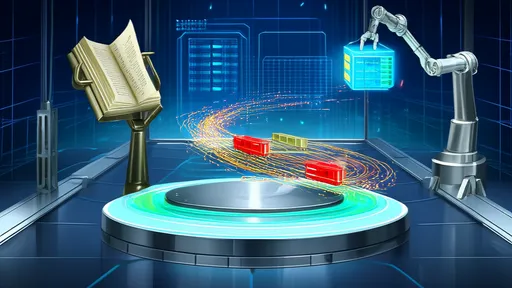
By /Aug 15, 2025

By /Aug 15, 2025

By /Aug 15, 2025

By /Aug 15, 2025

By /Aug 15, 2025

By /Aug 15, 2025
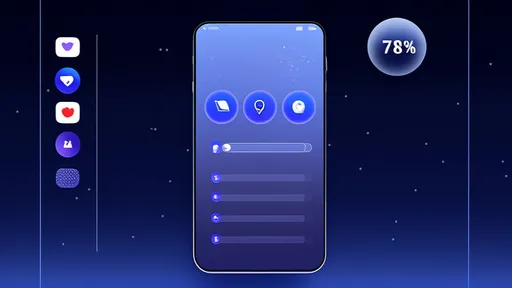
By /Aug 15, 2025
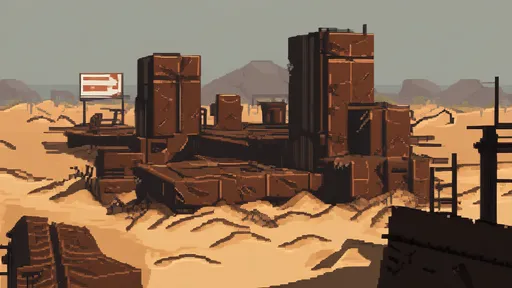
By /Aug 15, 2025

By /Aug 15, 2025

By /Aug 15, 2025
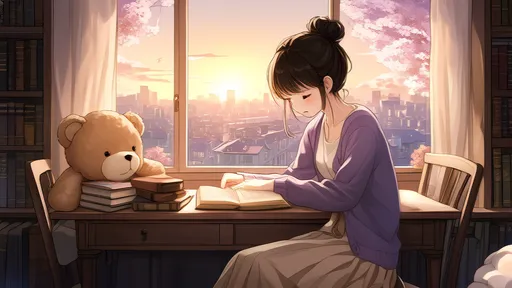
By /Aug 15, 2025
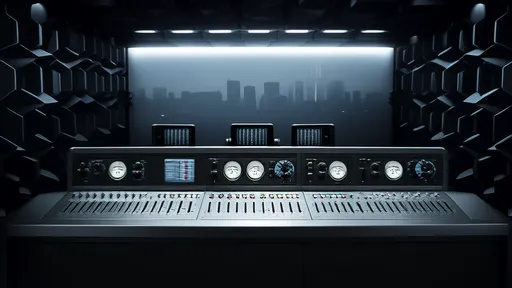
By /Aug 15, 2025
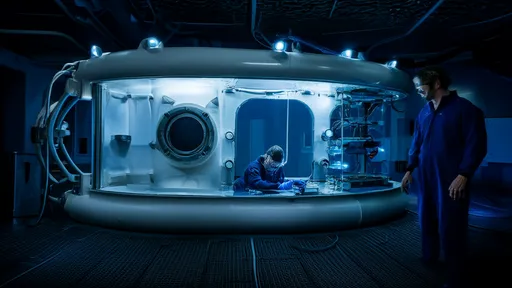
By /Aug 15, 2025

By /Aug 15, 2025
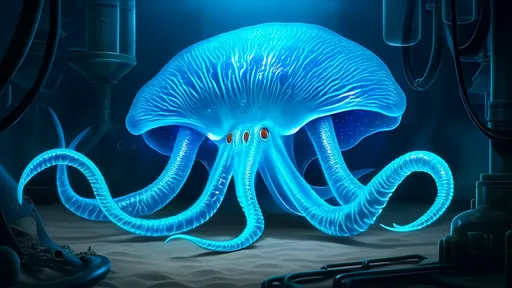
By /Aug 15, 2025
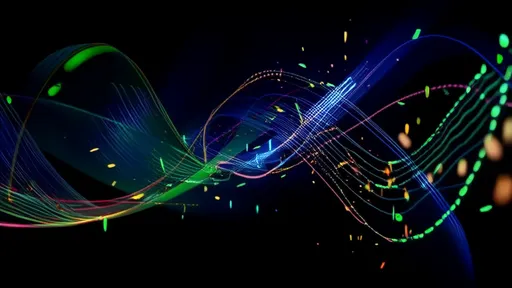
By /Aug 15, 2025
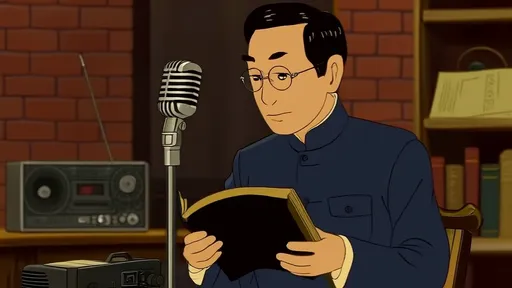
By /Aug 15, 2025
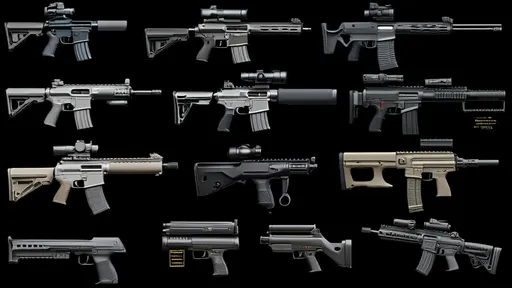
By /Aug 15, 2025
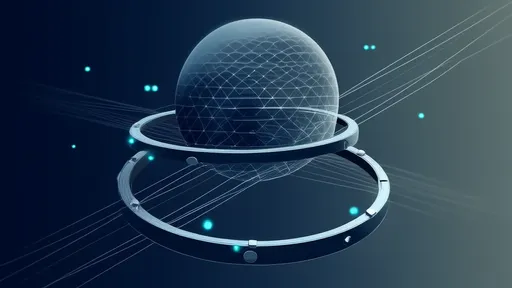
By /Aug 15, 2025

By /Aug 15, 2025